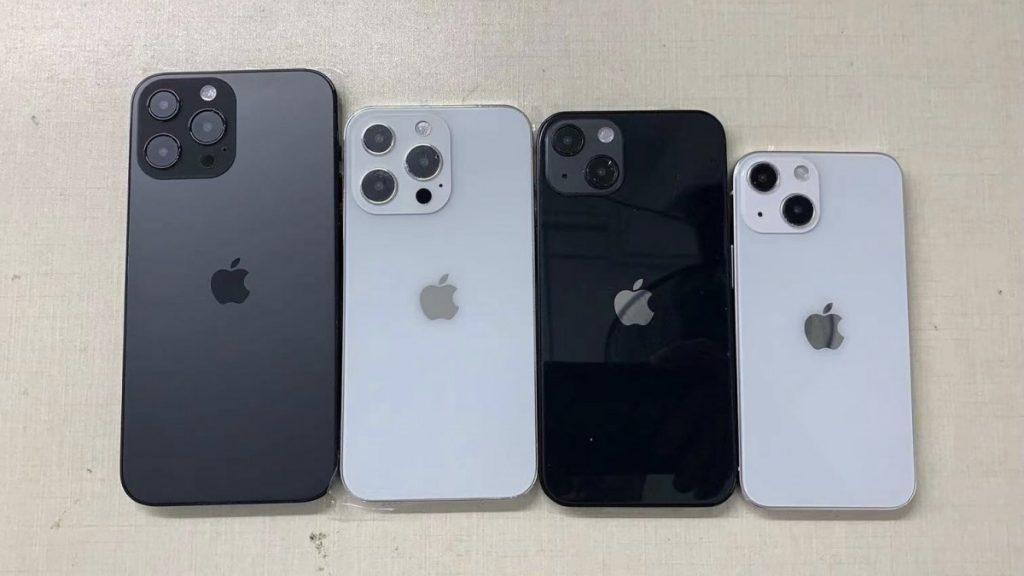Analysts have hinted that iPhone 13 could support LEO (low-earth-orbit) satellite communication, enabling users to make and receive phone calls and messages even when they are without cellular service. Due to its unique nature, it comes with certain limitations. The iPhone 13 might not see this feature in some markets, Apple reports.
This new emergency satellite service will only work in locations without cellular reception. Further, it will be limited to only a few countries, according to reports. The deployment of more satellites by Apple is years in the future, even though the company envisions democratizing satellite communication. As explained in a previous statement, there is no way to use it as a satellite phone anywhere in the world without cellular coverage. There’s no point in dwelling on it now.
It is tedious to add this feature, and it calls for hardware that is not yet ready, which also means that it will be costly. Furthermore, this will undoubtedly ignite a revolt between Apple and mobile carriers.
This feature can be integrated into two ways, first by transmitting short emergency texts. The second is by using iMessage to transmit distress signals to get in touch with emergency services. Or close friends without cellular service during a crisis. For example during a plane crash or a sinking ship. A phone call will be added eventually.
In order to make use of the LEO satellite communication feature, iPhone 13 users will need to be outdoors to receive a signal. This, however, will be a little slow and may take a few minutes to obtain a signal.
Apple is expected to introduce this feature for sure in September with its iPhone 13 lineup.







